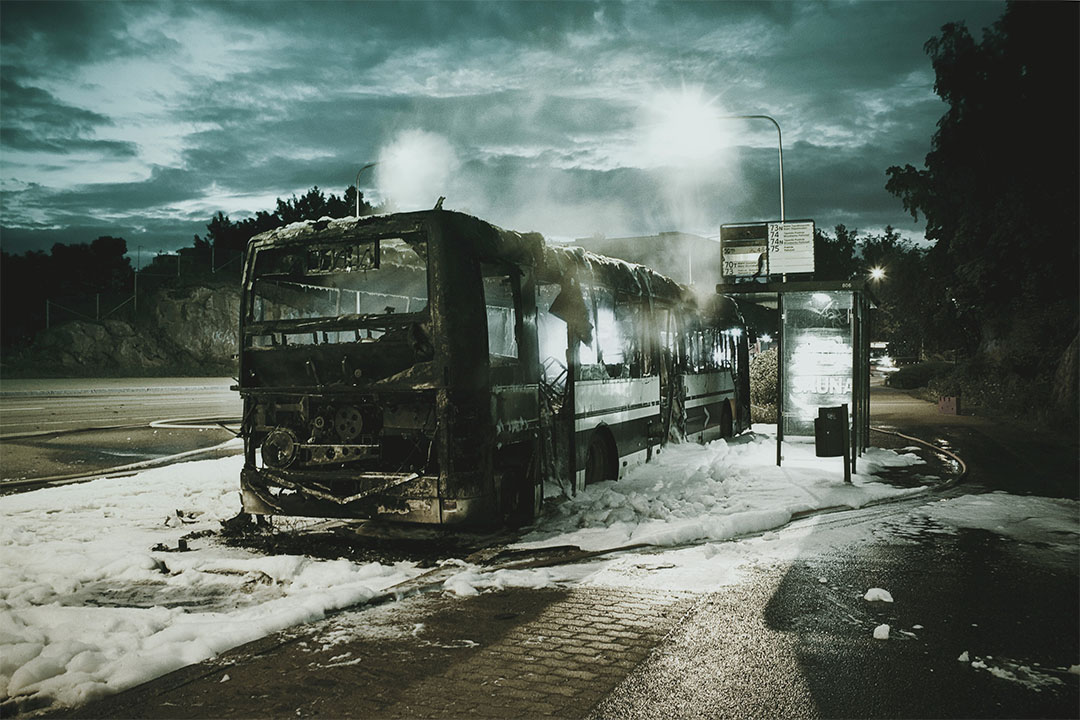Comparing Different Savings Account Options for Your Financial Goals
When it comes to achieving your financial goals, one of the fundamental steps is setting up a savings account. A savings account serves as a secure place to stash your money while earning some interest. However, not all savings accounts are created equal. To make the most of your savings, you need to compare and choose the right savings account option that aligns with your financial objectives. In this comprehensive guide, we'll explore various savings account options and help you determine which one suits your needs best.
The Importance of a Savings Account
Before delving into the different types of savings accounts, it's essential to understand why having a savings account is crucial for your financial well-being. Here are some key reasons:
1. Emergency Fund
A savings account provides a safe and easily accessible place to keep your emergency fund. This fund can cover unexpected expenses, such as medical bills, car repairs, or unexpected job loss, helping you avoid going into debt.
2. Financial Goals
Whether you're saving for a vacation, a new car, a down payment on a home, or retirement, a dedicated savings account allows you to set money aside and earn interest on your savings, making it easier to reach your financial goals.
3. Liquidity
Unlike some long-term investments, savings accounts offer liquidity. You can withdraw money whenever you need it without penalties, making them suitable for short-term needs.
4. Earn Interest
Savings accounts typically earn interest, which means your money grows over time. While the interest rates may not be as high as some other investments, it's a risk-free way to earn passive income on your savings.
Now that we've established the importance of a savings account let's explore the various options available.
1. Traditional Savings Account
The traditional savings account is the most basic and widely available option offered by banks and credit unions. These accounts typically require a low minimum balance and offer easy access to your funds.
Pros:
- Accessibility: You can withdraw money from these accounts whenever you need it, usually without any restrictions.
- Low Minimum Balance: Many traditional savings accounts have low or no minimum balance requirements, making them accessible to most people.
- Safety: Your deposits are usually insured by the FDIC (Federal Deposit Insurance Corporation) for up to $250,000 per account, making them very safe.
Cons:
- Low Interest Rates: Traditional savings accounts tend to offer lower interest rates compared to other options, which means your money may not grow as quickly.
- Fees: Some banks may charge monthly maintenance fees unless you maintain a minimum balance or meet certain criteria.
- Inflation Risk: In some cases, the interest earned may not keep up with inflation, leading to a decrease in the real value of your savings over time.
Traditional savings accounts are an excellent choice for an emergency fund or short-term savings goals.
2. High-Yield Savings Account
High-yield savings accounts are similar to traditional savings accounts but offer significantly higher interest rates. These accounts are typically offered by online banks or credit unions, which have lower overhead costs compared to brick-and-mortar banks, allowing them to pass on the savings to customers in the form of higher interest rates.
Pros:
-
- Higher Interest Rates: The primary advantage of a high-yield savings account is the potential for significantly higher interest rates than traditional savings accounts.
-
- Accessibility: Like traditional savings accounts, high-yield accounts are liquid and provide easy access to your money.
-
- Safety: They are typically FDIC-insured, ensuring your deposits are protected.
Cons:
-
- Limited Physical Access: Online banks may not have physical branches, so you'll need to manage your account online or through mobile apps.
-
- Minimum Balance: Some high-yield accounts may require a higher minimum balance to open or maintain the account.
-
- Variable Rates: Interest rates on high-yield savings accounts can change over time, so your earnings may fluctuate.
High-yield savings accounts are ideal for your emergency fund or short-term savings goals where you want to maximize your interest earnings while maintaining liquidity.
3. Money Market Account
A money market account (MMA) is another savings account option that offers a mix of features from both traditional and high-yield savings accounts. MMAs typically come with check-writing privileges and debit card access, in addition to earning higher interest rates than traditional savings accounts.
Pros:
-
- Interest Rates: Money market accounts tend to offer competitive interest rates, allowing your money to grow faster.
-
- Check-Writing: You can write checks or make electronic transfers from your MMA, providing more flexibility in accessing your funds.
-
- Safety: Most MMAs are FDIC-insured.
Cons:
-
- Minimum Balance: MMAs may require a higher minimum balance compared to regular savings accounts.
-
- Limited Transactions: There may be restrictions on the number of withdrawals or transfers you can make per month, typically limited to six per statement cycle.
-
- Fees: Some MMAs charge monthly fees, although these can often be waived by maintaining a minimum balance.
Money market accounts are a good choice if you want a balance between earning competitive interest and having the convenience of check-writing.
4. Certificates of Deposit (CDs)
Certificates of Deposit are a fixed-term savings option where you agree to leave your money with a bank or credit union for a specific period, known as the term, in exchange for a higher interest rate. CDs typically come in various term lengths, ranging from a few months to several years.
Pros:
-
- Higher Interest Rates: CDs generally offer higher interest rates than regular savings accounts.
-
- Fixed Rates: Your interest rate remains the same for the duration of the CD term, protecting you from interest rate fluctuations.
-
- Safety: CDs are usually FDIC-insured.
- Cons:
-
- Lack of Liquidity: Withdrawing money from a CD before the term ends may result in penalties, such as forfeiting some of the interest earned.
-
- Tied-Up Funds: Your money is locked in for the CD term, which may not be suitable for emergencies or short-term needs.
-
- Opportunity Cost: If interest rates rise while your money is in a CD, you may miss out on potential higher earnings.
CDs are ideal for specific savings goals with a set timeframe, such as saving for a down payment on a house or a child's college education.
## 5. **Specialty Savings Accounts**
Some financial institutions offer specialty savings accounts tailored to specific goals or demographics. These can include accounts designed for children, students, seniors, or specific savings goals like buying a home or saving for education. These accounts may offer unique benefits or incentives, such as lower fees or higher interest rates for maintaining certain qualifications.
Pros:
-
- Tailored Benefits: Specialty savings accounts may come with perks and benefits that align with your specific financial goals or life stage.
-
- Higher Interest Rates: Some specialty accounts offer higher interest rates than traditional savings accounts.
-
- Community Focus: Credit unions often offer specialty accounts that cater to the needs of their members, fostering a sense of community.
Cons:
-
- Limited Eligibility: You may need to meet certain criteria or belong to a specific demographic group to qualify for a specialty savings account.
-
- Limited Availability: Not all financial institutions offer these accounts, so your choices may be limited.
Specialty savings accounts
can be an excellent choice if you meet the eligibility requirements and the account aligns with your goals.
How to Choose the Right Savings Account
Selecting the right savings account is a critical decision that should align with your financial goals and preferences. Here are some steps to help you make an informed choice:
1. Define Your Goals
Start by clarifying your savings goals. Are you saving for an emergency fund, a vacation, a major purchase, or long-term retirement? Understanding your objectives will guide your choice of account.
2. Assess Your Timeframe
Consider the timeframe for your savings goals. Short-term goals may be better suited for high-yield savings accounts or money market accounts, while long-term goals might benefit from certificates of deposit or other investments.
3. Evaluate Interest Rates
Compare the interest rates offered by different types of accounts. High-yield savings accounts and money market accounts generally offer higher rates than traditional savings accounts.
4. Review Fees and Minimum Balances
Examine the fees associated with each account type. Some accounts may charge monthly maintenance fees or require a minimum balance to avoid fees. Ensure that the fees align with your budget and savings plan.
5. Consider Liquidity
Think about how easily you need to access your funds. If you anticipate needing quick access to your money, a traditional or high-yield savings account may be more suitable.
6. Research Account Features
If specific features, such as check-writing privileges or debit card access, are essential to you, consider money market accounts or specialty savings accounts that offer these options.
7. Compare Financial Institutions
Research different banks, credit unions, and online institutions to find the one that offers the best combination of interest rates, fees, and services. Online banks often have competitive rates due to lower overhead costs.
8. Check for FDIC Insurance
Ensure that your chosen account is FDIC-insured, providing protection for your deposits up to $250,000.
9. Read Reviews and Ask for Recommendations
Read online reviews and ask friends or family members for recommendations regarding their savings account experiences. Personal anecdotes can offer valuable insights.
In Conclusion
Choosing the right savings account is a crucial step in achieving your financial goals. Each type of savings account offers different features, interest rates, and benefits, so it's essential to assess your needs and preferences before making a decision. Whether you opt for a traditional savings account, a high-yield savings account, a money market account, a certificate of deposit, or a specialty savings account, your choice should align with your goals and help you grow your money while maintaining the level of accessibility you require. By taking the time to compare and select the right savings account, you can set yourself on the path to financial success and security.











